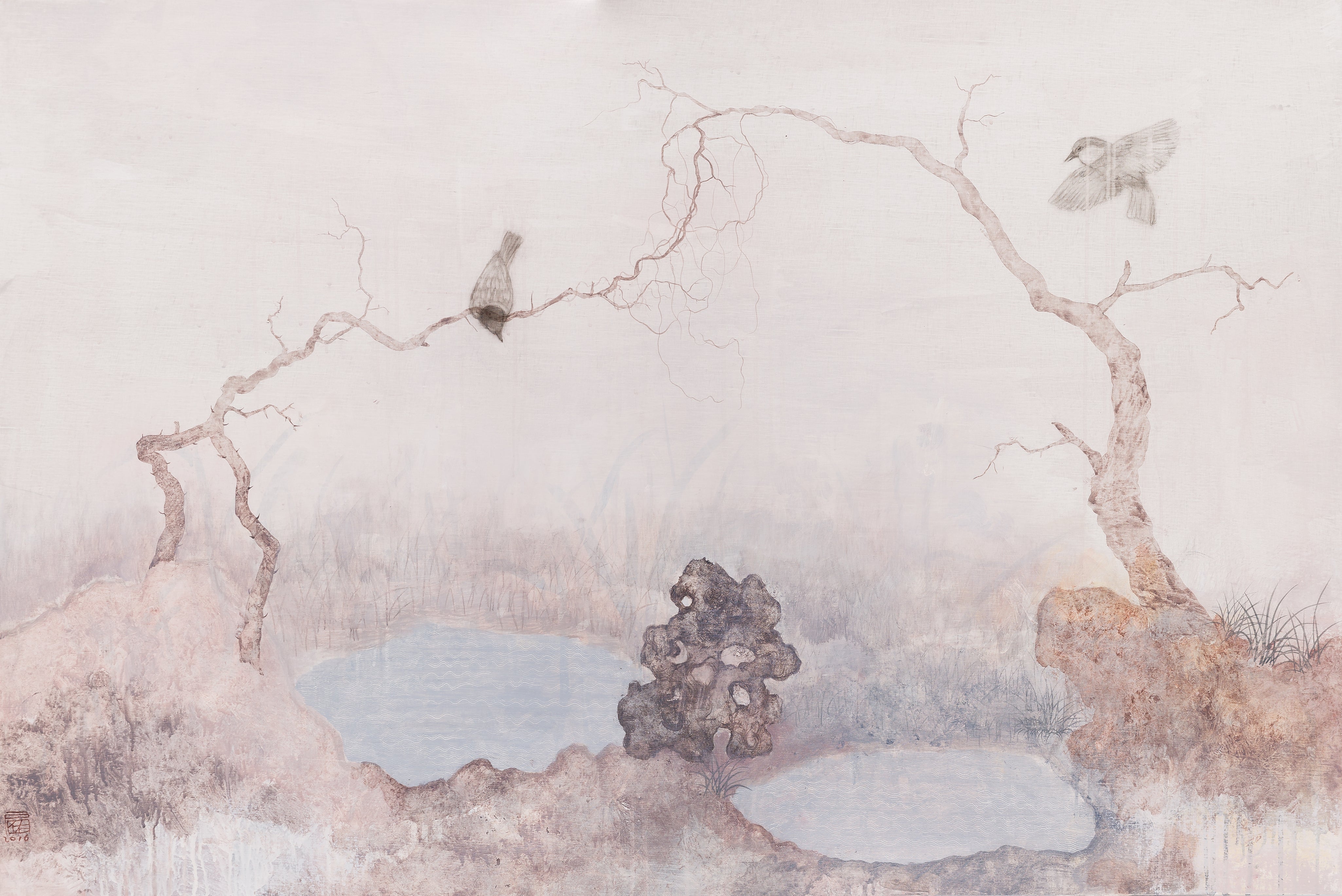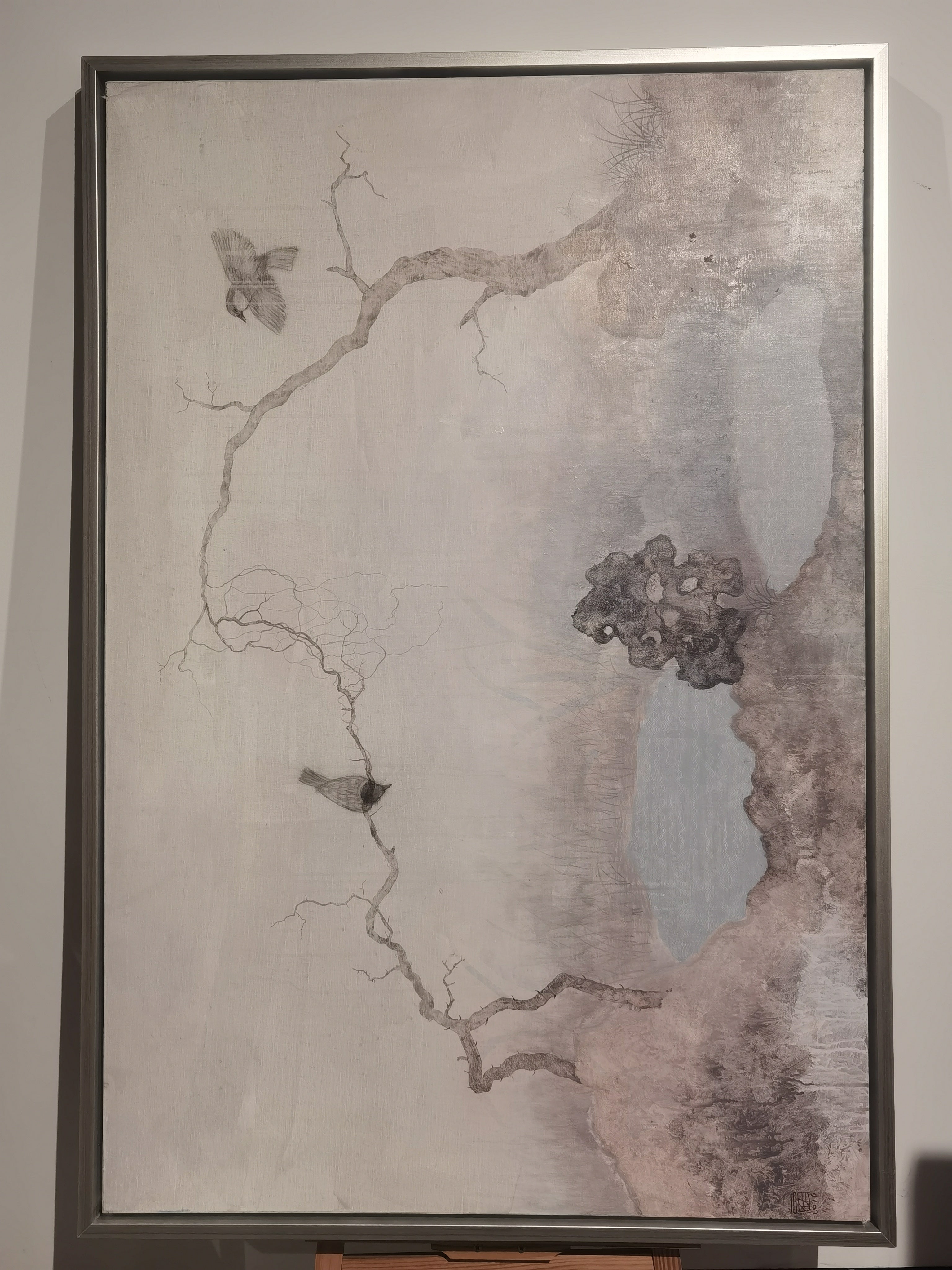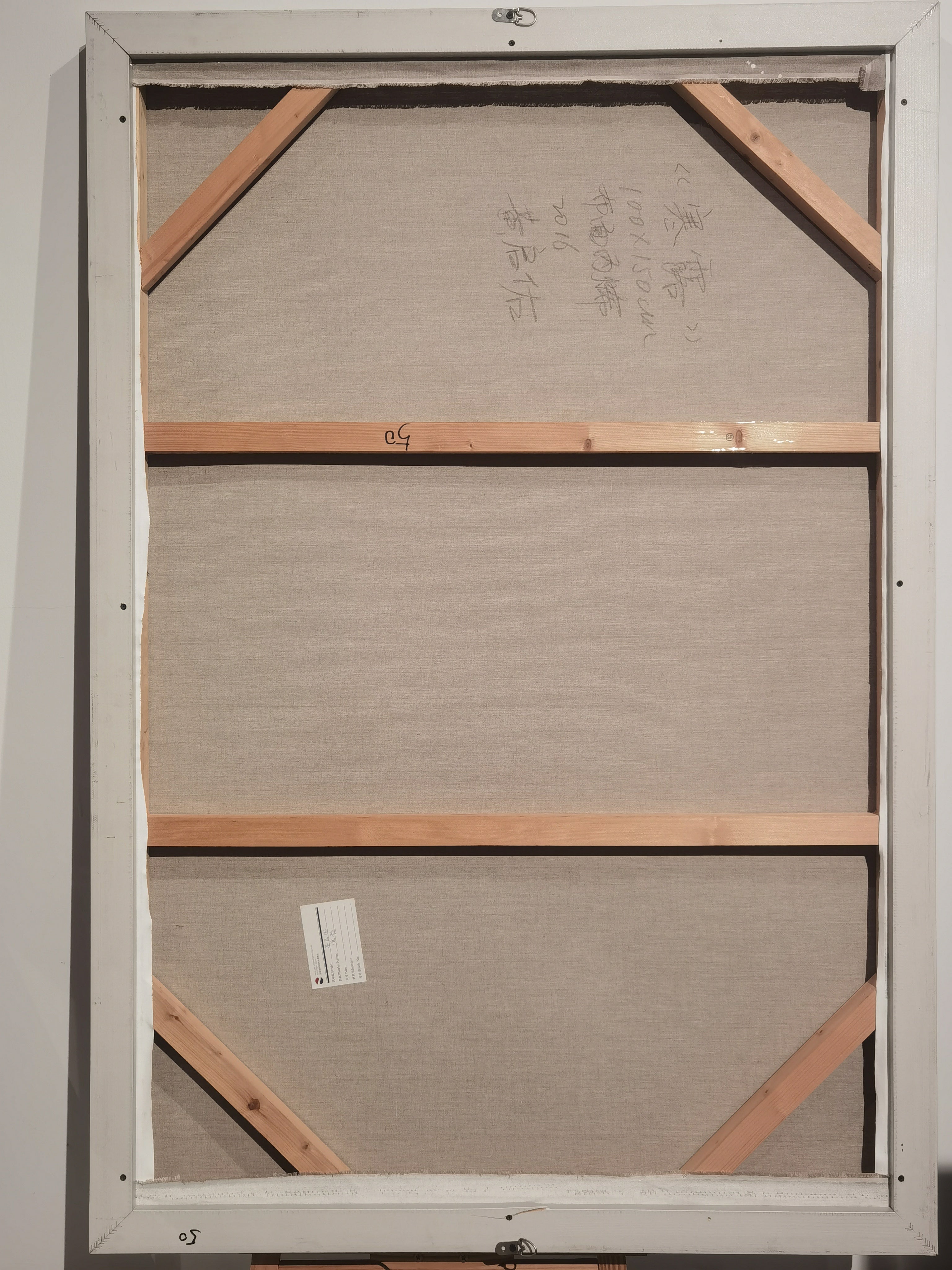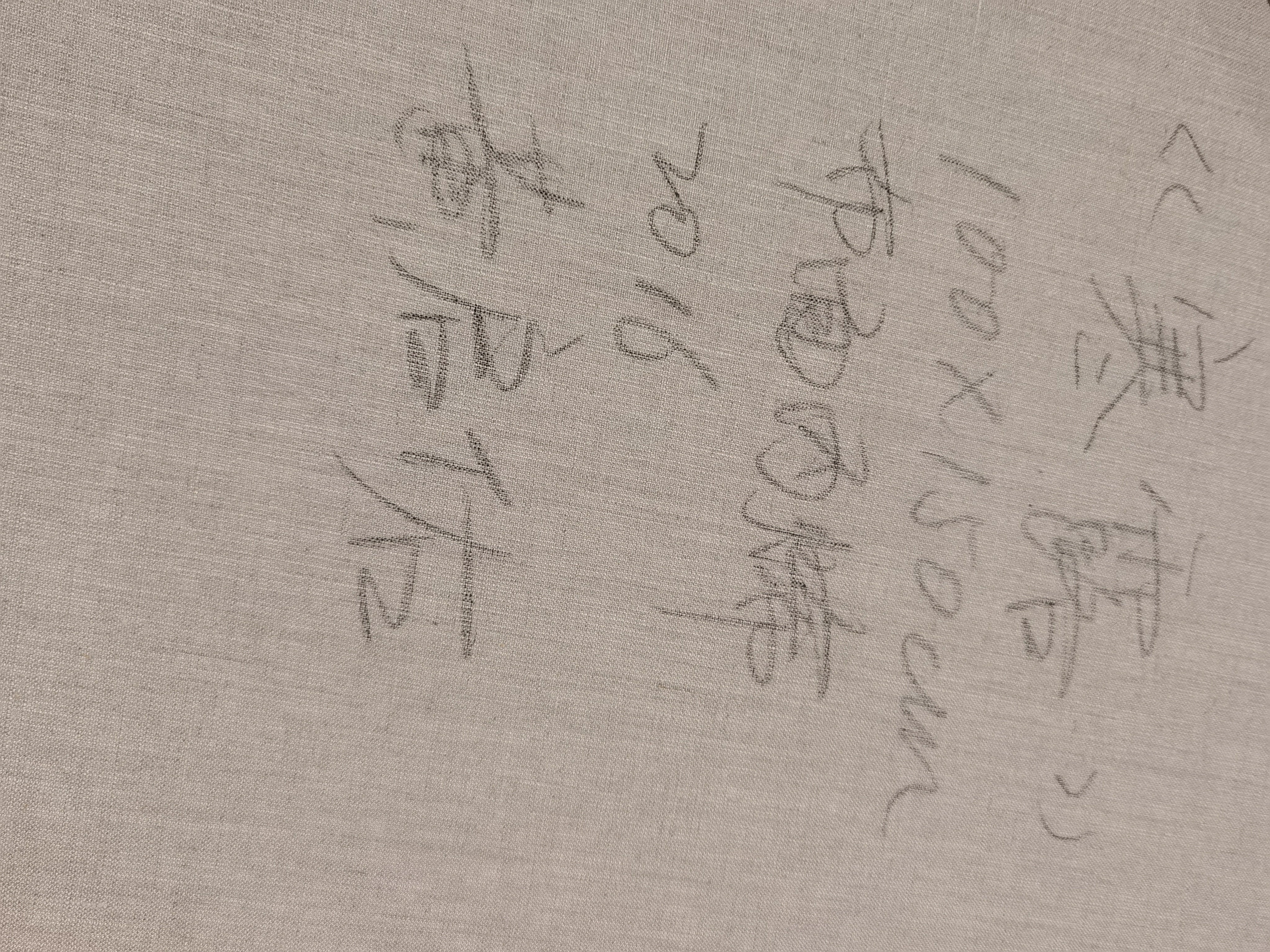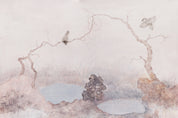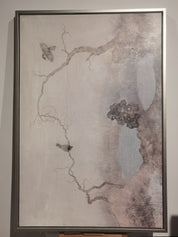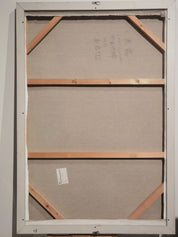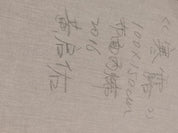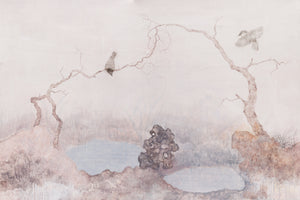Cold Dew
Qiyou Huang
Artwork Details
Artwork Description
Title: Cold Dew
Artist: Qiyou Huang (黄启佑)
Date: 2016
Medium: Acrylic on canvas
Dimensions: 100 x 150 cm
Artwork Identification:
Cold Dew is a hauntingly ethereal landscape by contemporary Chinese artist Qiyou Huang. Executed in muted washes of acrylic, the composition features two twisted, leafless trees arcing toward each other over twin pools of still water. Sparse grasses and a scholar’s rock ground the scene, while two birds—one perched and one in flight—animate the silence. The pale tonality and soft edges lend the work an otherworldly aura, immersing the viewer in a quiet, meditative space.
Artistic Style and Influences:
Huang’s work draws heavily from traditional Chinese literati painting while incorporating a minimalist, contemporary sensibility. His restrained use of color and delicate treatment of negative space evoke the ink-wash aesthetics of the Song and Yuan dynasties. At the same time, his inclusion of symbolic decay—bare trees, scattered stones, quiet solitude—reflects Romantic-era notions of the sublime and the passage of time, bringing Eastern and Western influences into poetic tension.
Historical Context:
Created in 2016, Cold Dew is part of Huang’s broader exploration of fragmented time and memory. The Title: references the 17th solar term in the traditional East Asian calendar, a time when autumn deepens and mist begins to form. It symbolically marks the transition toward stillness and decay—central themes in Huang’s conceptual framework. His works often reflect on temporality, cultural erosion, and the elegiac beauty of forgotten spaces.
Provenance:
Provenance documentation can be provided upon contact.
Condition and Conservation:
Artwork in very good condition. The surface is stable with no visible abrasions, fading, or conservation concerns.
Artistic Significance:
Cold Dew exemplifies Qiyou Huang’s ability to evoke timeless emotional resonance through a contemporary reinterpretation of classical form. His landscapes are less about geography and more about inner states—places of stillness, memory, and longing. This piece, with its evocative restraint and layered cultural symbolism, invites viewers into a contemplative engagement with the impermanence of the natural world and the traces of human history left behind.

